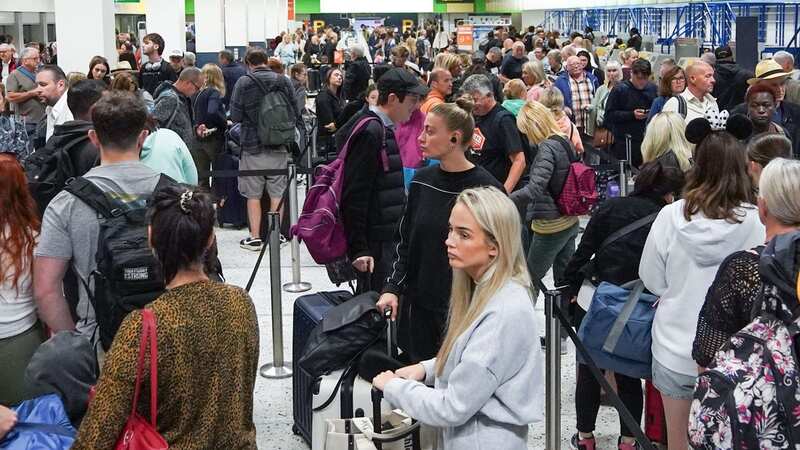Air traffic control says 'one in 15 million' issue was behind flight meltdown

Air traffic controllers have revealed what went wrong last week and the chances of it happening again.
According to National Air Traffic Services (NATS) chief executive Martin Rolfe, one of its systems failed after it "didn't process (a) flight plan properly" - a technical glitch which caused widespread disruption to flights last week that was a "one in 15 million" occurrence.
The plan submitted by the airline - which has not been named - was "not faulty", he added. The problem led to NATS being unable to process flight plans automatically for several hours on August 28, a bank holiday Monday and a peak period for air travel.
Asked what the odds of this happening were, Mr Rolfe replied: "We know it's at least one in 15 million, because we've had 15 million flight plans through this system and we can be absolutely certain that we've never seen this set of circumstances before."
The aviation expert said that the system shut itself down after receiving highly unusual duplicate "markers" on a flight plan. He claimed it had never happened before at the company, where the current software has been in operation for five years.
 Abandoned UK airport plans relaunch with budget flights to Spain and Cyprus
Abandoned UK airport plans relaunch with budget flights to Spain and Cyprus
 The air traffic issue impacted hundreds of thousands of passengers (Bav Media)
The air traffic issue impacted hundreds of thousands of passengers (Bav Media)When the issue did take place, the subsequent switch to manual processing meant the average number of planes it could handle dropped from around 400 per hour to as few as 60, leading to restrictions on flights to and from UK airports.
More than a quarter of flights were cancelled that day, affecting around 250,000 people. Cancellations continued for two more days as planes and crews were out of position.
Among the huge numbers impacted by the delays and cancellations were Sarah Gregory and her partner Brett, who spent eight days stuck in Cyprus after they should've flown home. They considered getting married so she could join him on an army evacuation flight back to the UK.
In a preliminary report shared with Transport Secretary Mark Harper, NATS did not identify the route of the flight plan which led to the chaos but stated the aircraft was scheduled to enter UK airspace during an 11-hour journey. It is thought the issue cost airlines £100million.
Airlines' flight plans feature waypoints, which represent locations and are identified by a combination of letters and numbers. The flight plan which caused last week's disruption was submitted to Eurocontrol - which oversees ATC across Europe - before being passed on to Nats.
The process led to the plan featuring two waypoints around 4,000 nautical miles apart but with identical names. This meant NATS' software was unable to extract a valid UK portion of the flight plan and reacted by shutting down.
A back-up system followed the same steps and also stopped working. NATS said an "operating instruction" has been put in place to allow the "prompt recovery" of the system if there is a repeat of these circumstances. A "permanent software change" to prevent it shutting down in such an event is expected to be implemented in the coming days.
Mr Rolfe said: "I'm very confident that the changes we're making here will prevent this incident from happening ever again." The Civil Aviation Authority (CAA) announced it will launch an independent review into the meltdown. Details of this will be published by the end of September and the inquiry is expected to take around three months.
Read more similar news:
Comments:
comments powered by Disqus

































